Who is cashing in on cashmere?
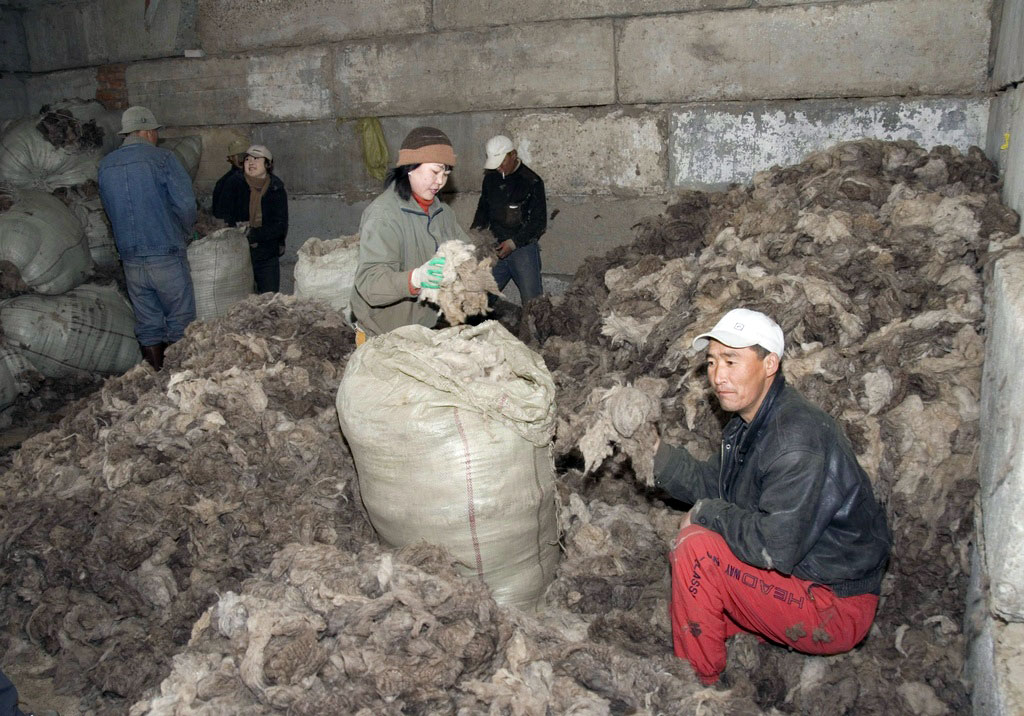
Swiss consumers are buying more and more clothes made out of cashmere because prices have steadily fallen, but increasingly they are asking just how it is produced.
Retailers Manor, Coop and Migros have been cashing in on the boom but are aware that their customers are demanding and that they want strict controls.
Cashmere used to be a luxury product but it is now affordable for many people. However, its popularity is causing damage to the regions in Asia where it is produced.
One way to find some kind of balance between the Christmas spirit and sustainable development is to put prices up to more realistic levels, some say.
Highly valued by our grandmothers, cashmere is now to be found not only in the luxury stores but also in normal department stores.
Imports of cashmere into Switzerland have rocketed in recent years. The Federal Customs Administration reports that 183 metric tons of pullovers and other clothing articles in cashmere were imported in 2008, compared with 93 metric tons in 2002. They come mainly from China and Italy.
Liberalisation
The situation is the same in the rest of Europe, the United States and Japan. The trend emerged after liberalisation of the textile sector in 2005, when quotas from Asia were dropped.
Inner Mongolia, an autonomous region in the north of China, and Mongolia alone produce about 90 per cent of the cashmere that is sold worldwide. But the increase in demand takes its toll, both ecologically and socially.
“China and Mongolia had two million goats in the 1950s and that’s risen to 22 million today. That affects the ecosystem and that includes desertification, for example,” explained Thomas Vernay, one of four cashmere farmers in France.
“To try to satisfy demand, livestock numbers have been increased significantly. The farmers go to very high altitudes so their flocks can graze. If there is a really big cold spell, animals die and the farmers lose their living,” he explained.
With a flock of 150, Vernay sends the raw material from his goats to Italy, one of the last places, with Scotland, where you can still find the necessary know-how to process it. He does not recommend low-priced cashmere.
“To make a living, I have to sell my scarves for €210 (SFr314). If you look around, you can find one from China starting at €30. It’s far from being top quality and comes at the expense of the living conditions of the Mongolian and Chinese producers and processors.
Complex problem
As always with the economy the problem is rather complex. Mongolia defends the position that production and the processing of the cashmere wool should be done locally. It notes that this stops the exodus of people from rural areas.
It criticises the purchase of the raw material at low prices by China, which looks after its own commercial interests but not without totally neglecting ecological aspects.
“This spring the authorities introduced a convention which stipulates that the farmers are obliged to feed their goats so that they no longer graze high up,” explains Andreas Knezovic, the founder of FTC cashmere, a Swiss label that specialises in fair trade of the wool.
As a result many poor farmers had to kill their animals because they could not pay for the fodder.
Raw material prices went up and cashmere wool became rare on the market. People looking for sustainable development with cashmere have been looking in vain because there is no recognised certification, as is the case with cotton.
On the spot
Knezovic argues that the only way to guarantee transparency at present is to have your own production site on the spot.
“We believe that you have to respect the raw material and the producers… and that obviously comes at a price,” he says, noting that his organisation has built schools at production sites in Inner Mongolia.
But what about the big Swiss stores which offer cashmere at prices that are hard to compete with? Manor, which confirms that its sales have “considerably increased over the past ten to 15 years” says accords have been signed with producers who have agreed to spot-checks and audits.
Coop also says that business has been turning increasingly to cashmere from other fibres. It adds that controls are regularly carried out to ensure that the Chinese suppliers respect social responsibility norms within the framework of the Business Social Compliance Initiative.
Switzerland’s largest retailer Migros, Coop and Manor feel that fair trade fashion has a potential to grow, even though for the time being there is no certification of cashmere. Some feel that this is only a matter of time.
Carole Wälti, swissinfo.ch (Adapted from French by Robert Brookes)

More
Business Social Compliance Initiative
The wool is produced by a small domestic goat of Himalayan origin.
It is therefore an animal fibre, which is obtained from around the neck and under the belly, places where the wool is the softest and finest.
When a goat is sheared, between 200 and 300g of wool is collected. To make one pullover 400-600g are required.
At the beginning, the goats that produced cashmere were reared on the high Himalayan plateaux of Ladakh and Tibet at an altitude of 4,000 metres.
During the 13th century Marco Polo is said to have found drawings of these goats in caves in Mongolia.
It was only at the end of the 18th and particularly the 19th centuries that their wool was traded and then processed in Europe.
Total global production of cashmere is estimated at between 15,000-60,000 metric tons, depending on the year.
China is by far the largest producer of raw cashmere, fine cashmere and cashmere clothing.
Inner Mongolia, one of the five autonomous Chinese regions, ranks number one in the production and processing of cashmere.
It’s a mainly arid area that includes the Gobi desert.
Mongolia is the second-largest producer (about 30% of worldwide production).
Cashmere is also produced in small quantities by Iran, Afghanistan, New Zealand, Australia and Scotland.

In compliance with the JTI standards
More: SWI swissinfo.ch certified by the Journalism Trust Initiative




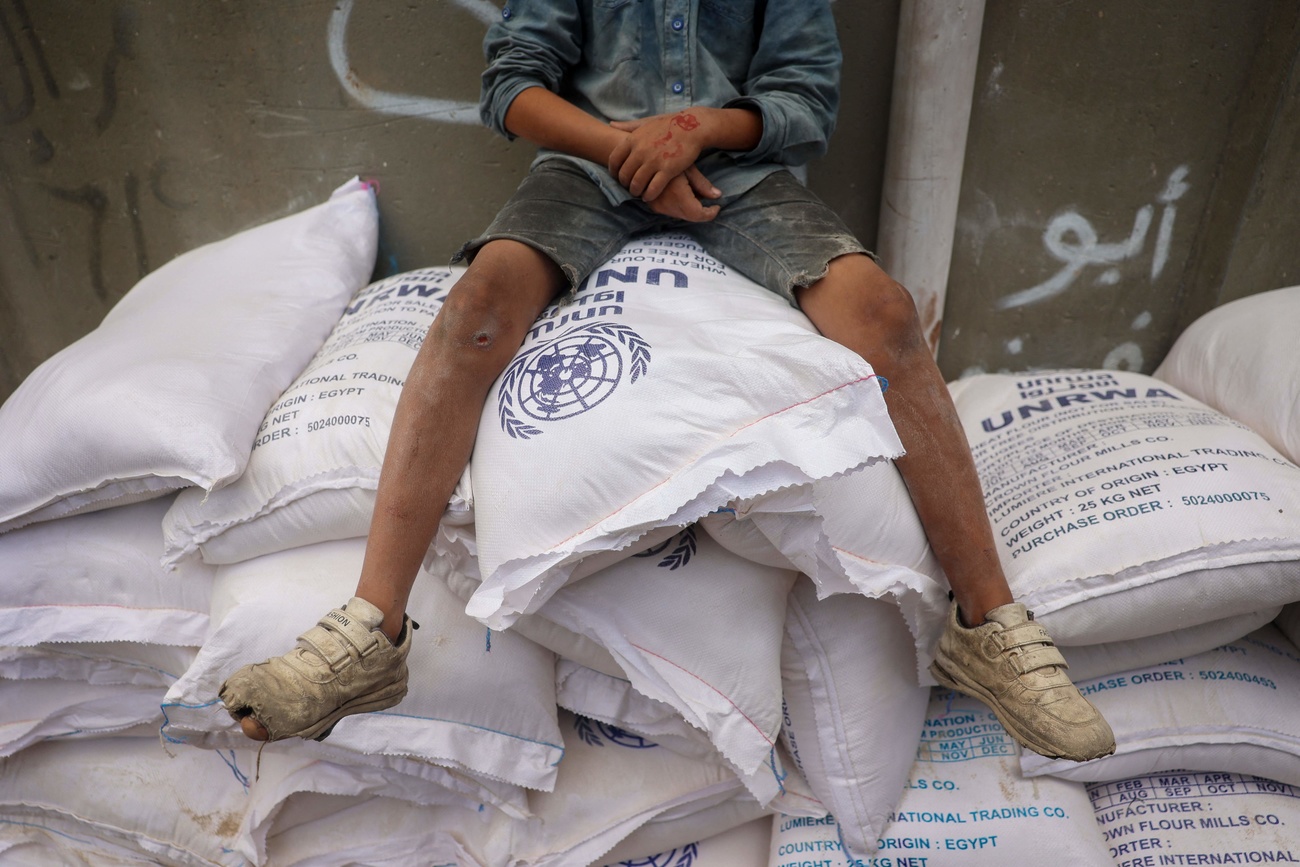



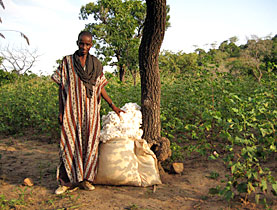
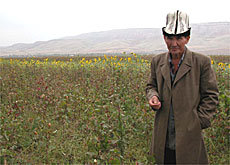
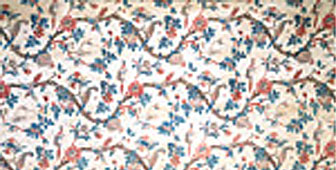

You can find an overview of ongoing debates with our journalists here . Please join us!
If you want to start a conversation about a topic raised in this article or want to report factual errors, email us at english@swissinfo.ch.